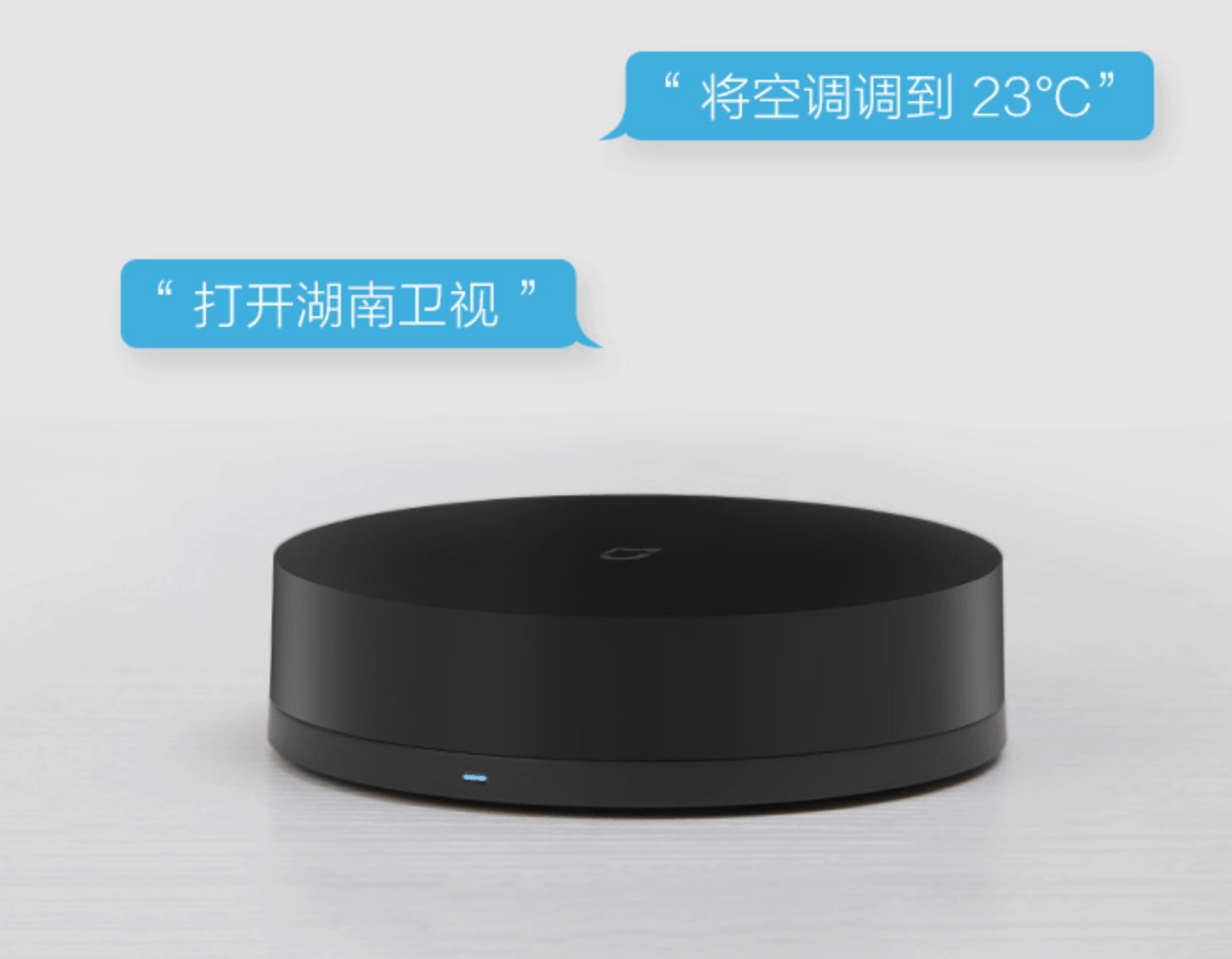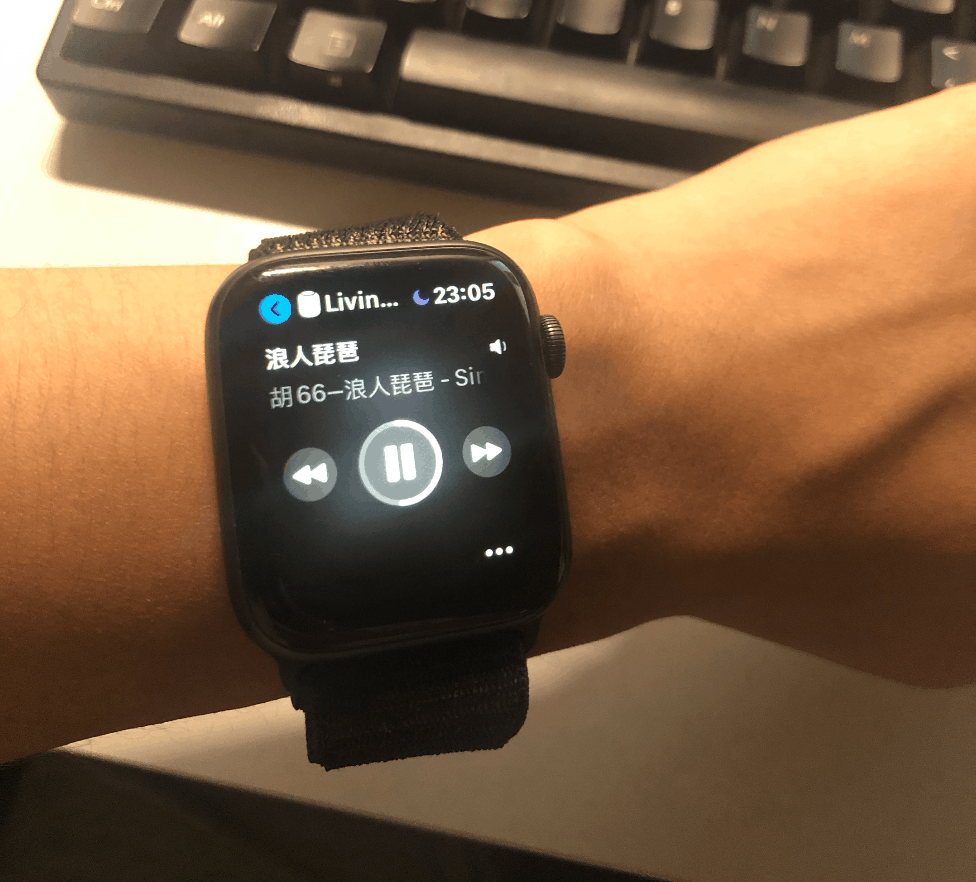Smart home systems are gradually entering our lives. While the device costs aren’t high, the interaction methods and experiences they bring were previously unimaginable. Here I’ll document my Smart Home 1.0 setup.
Xiao Ai Speaker - Smart Hub
I have to say, Xiaomi’s smart home ecosystem is very down-to-earth. Since getting the Xiao Ai speaker, all Xiaomi device operations are handled through Xiao Ai. Currently purchased Xiaomi devices include Xiaomi desk lamp, Xiaomi air purifier, Xiaomi router, and Xiaomi universal remote control.
Turning off the desk lamp and purifier now only requires voice activation: Xiao Ai, turn off the desk lamp.

Device Pairing on 2.4G Network
When configuring devices, it’s worth noting that Xiaomi devices cannot connect to 5G networks, reportedly because network card components are expensive. There’s no way around it given the price point. So to properly connect Xiaomi devices to Mi Home, you need to provide a 2.4G network. Set up Mi Home devices while your phone is on this network, then you can switch your phone to 5G afterward.
Xiaomi Universal Remote Control
I accidentally discovered Xiaomi has this amazing device, designed to solve the traditional appliance control problem. I’ve always been carelessly throwing around the air conditioner remote, spending time searching for it every time. Now that’s solved. After confirming this was exactly what I needed, I immediately ordered it.
Through this remote control, traditional appliances like TV and air conditioner are connected to Xiao Ai. From now on, just saying Xiao Ai, turn off the air conditioner - couldn’t be better.

HomePod - Music Enthusiast
As a poor Apple fan, after watching HomePod advertisements and reviews, I couldn’t resist and bought one. After using it for a while, my experience can be summarized in two sentences:
- Audio quality for this price point: Worth it!
- Intelligence for this price point: Disappointing!
Siri has been developing for so many years, and I have to say it’s still quite poor. Of course, I mainly use HomePod for listening to music, so I’ve compromised on the intelligence aspect, hoping new system releases can improve it.
Apple’s closed-loop experience is fantastic. For example, lying in bed and voice-activating HomePod to play music, when you find the volume too loud, besides voice-activating Siri to adjust it, you can directly raise your wrist, scroll the crown, and adjust the volume. This experience is truly amazing!

Apple Music Subscription
- If you’re buying a HomePod, be prepared to subscribe to Apple Music, because HomePod only supports this and doesn’t support third-party apps. Of course, Apple Music is quite affordable, and the music library sound quality is good, just not comprehensive.
- If you log out of your current Apple ID and log into Apple Music, you’ll find all songs are gone. Awkward and frustrating, isn’t it?
Final Thoughts
Now there are two souls in my home: one manages music, one manages electrical devices. It’s not perfect, but it’s quite wonderful. Let’s go!

